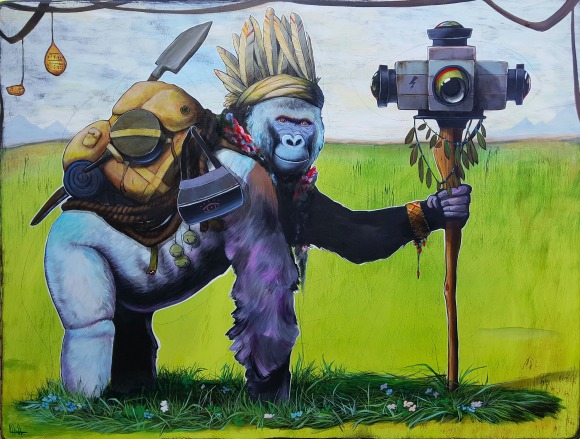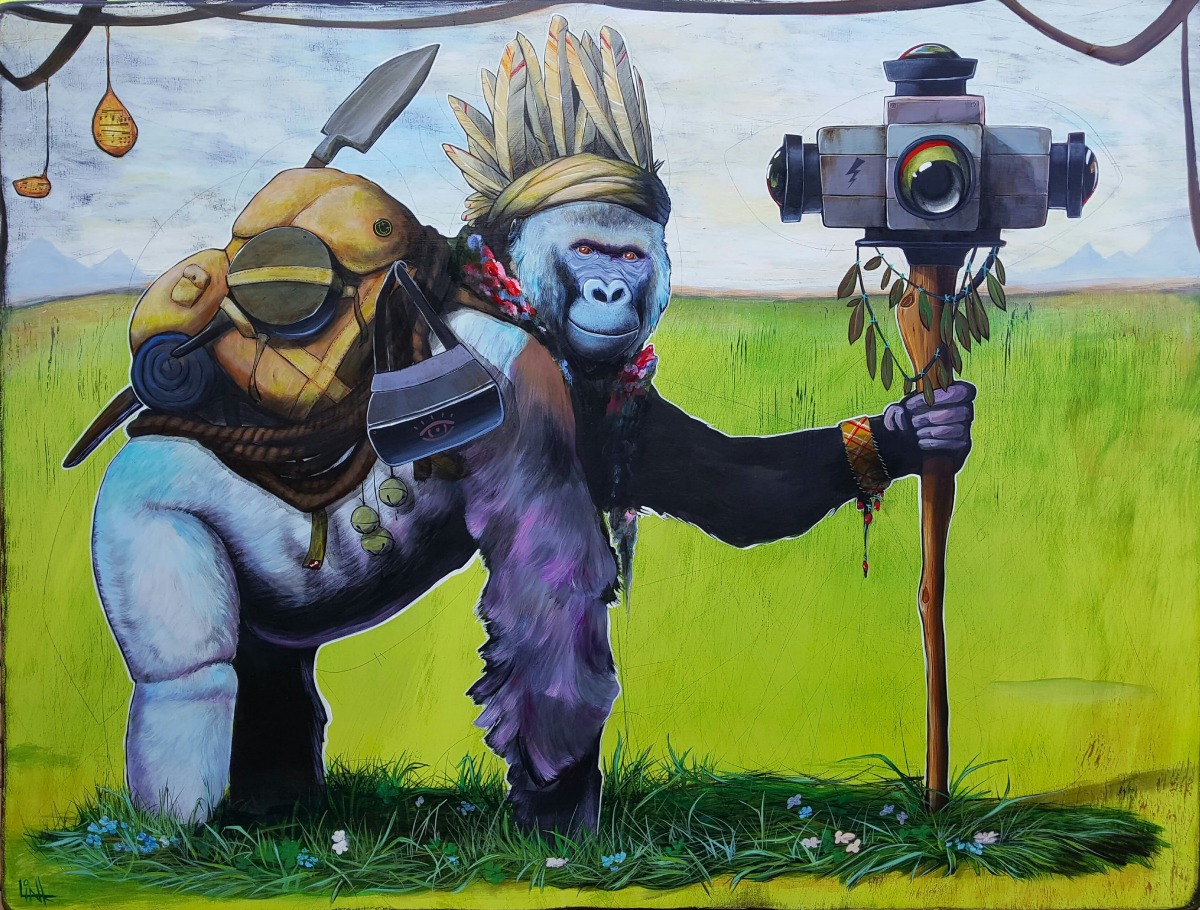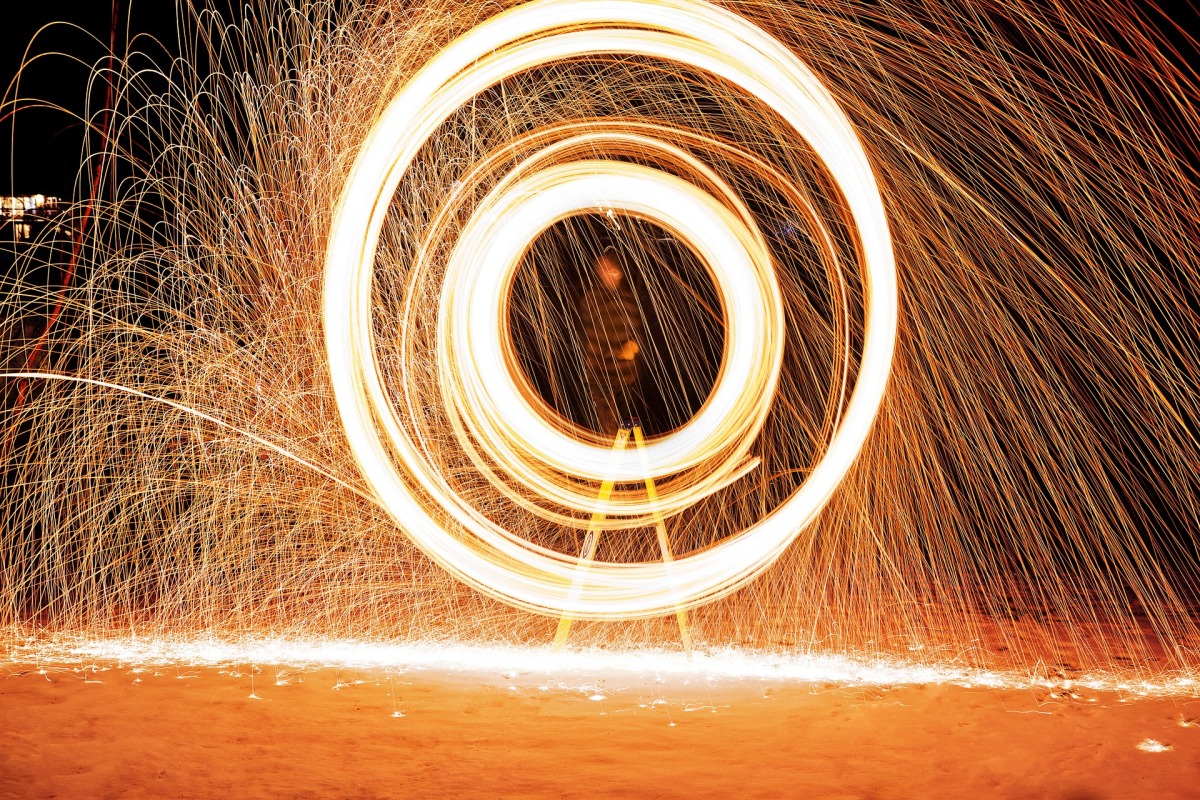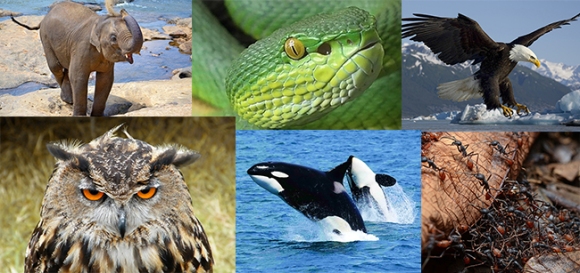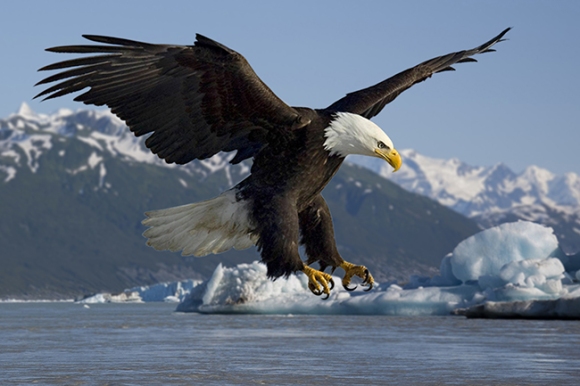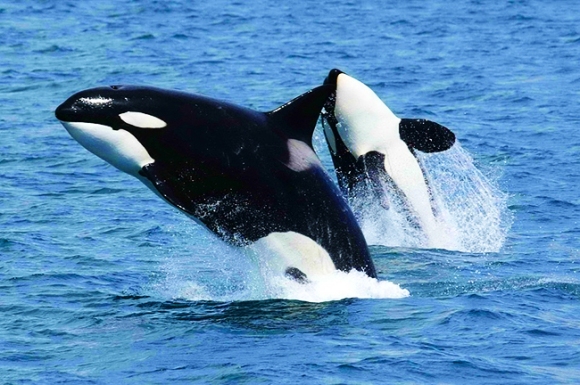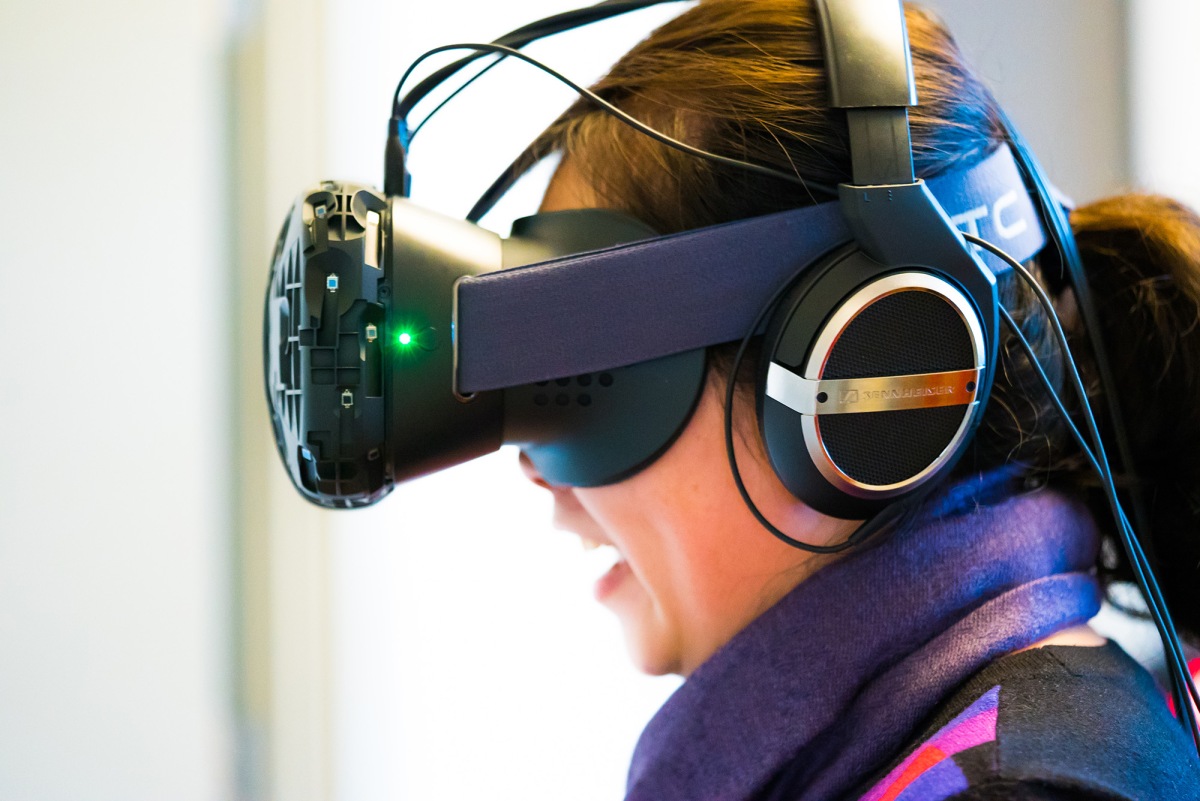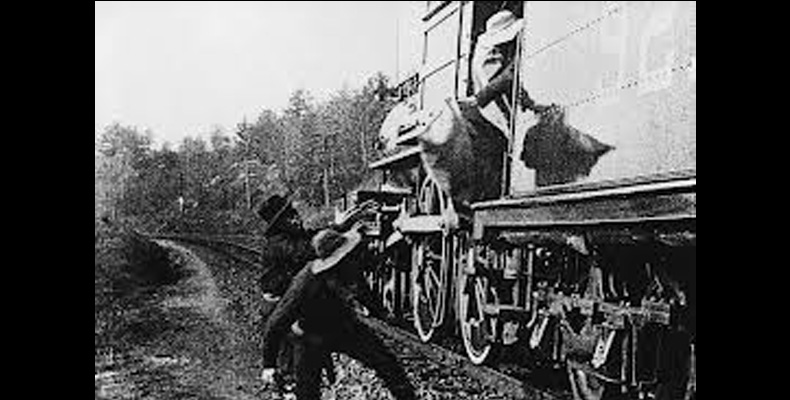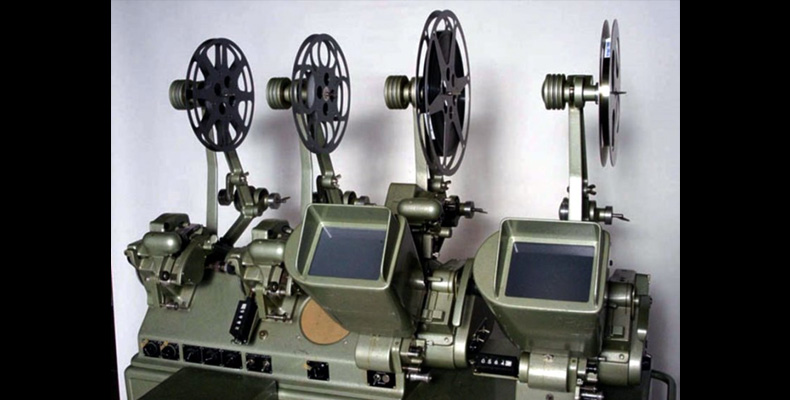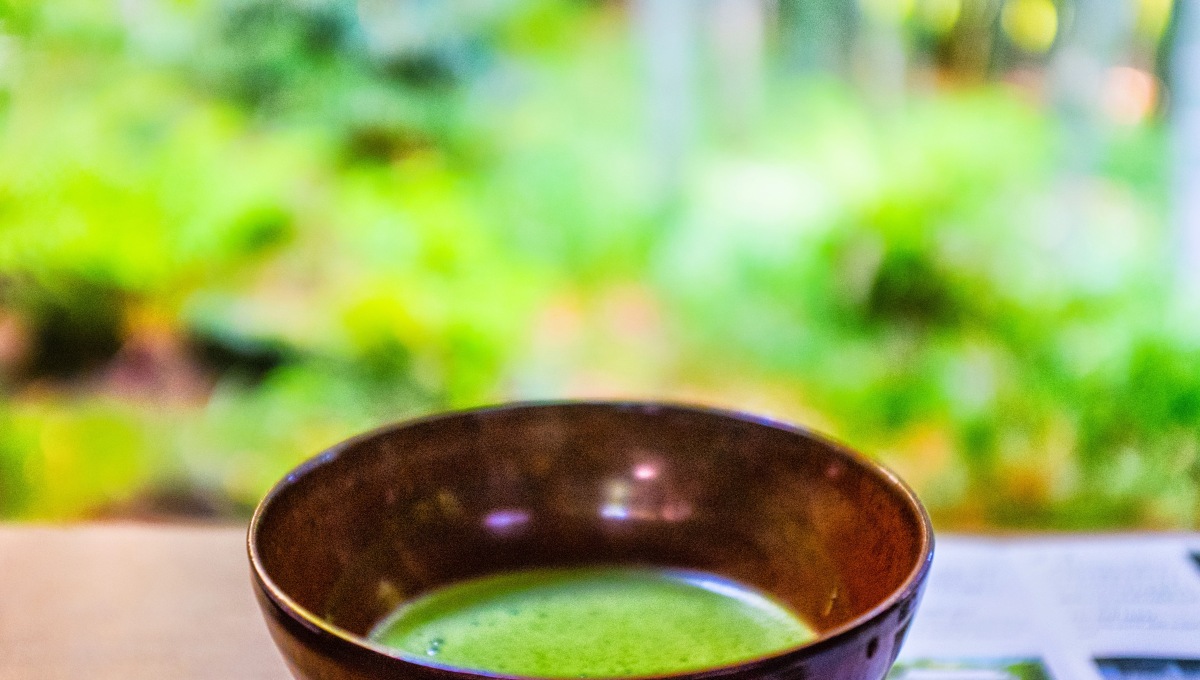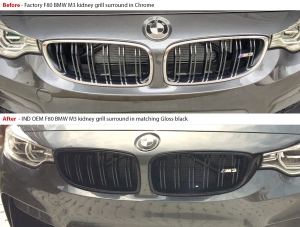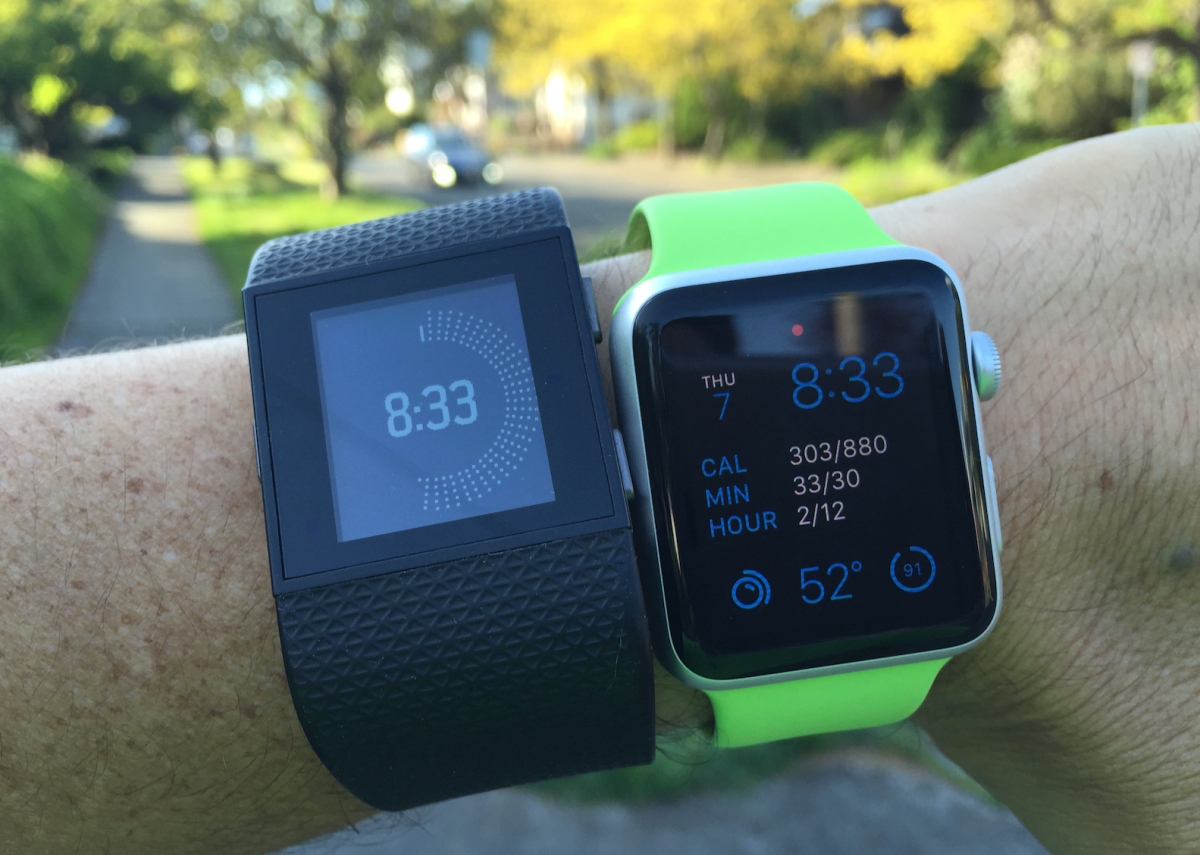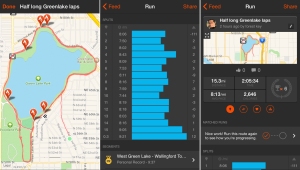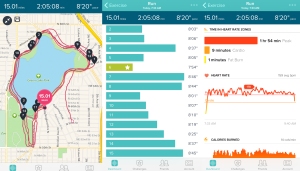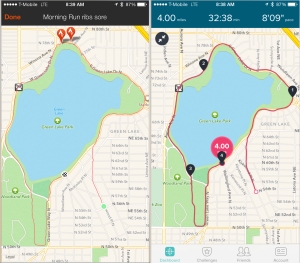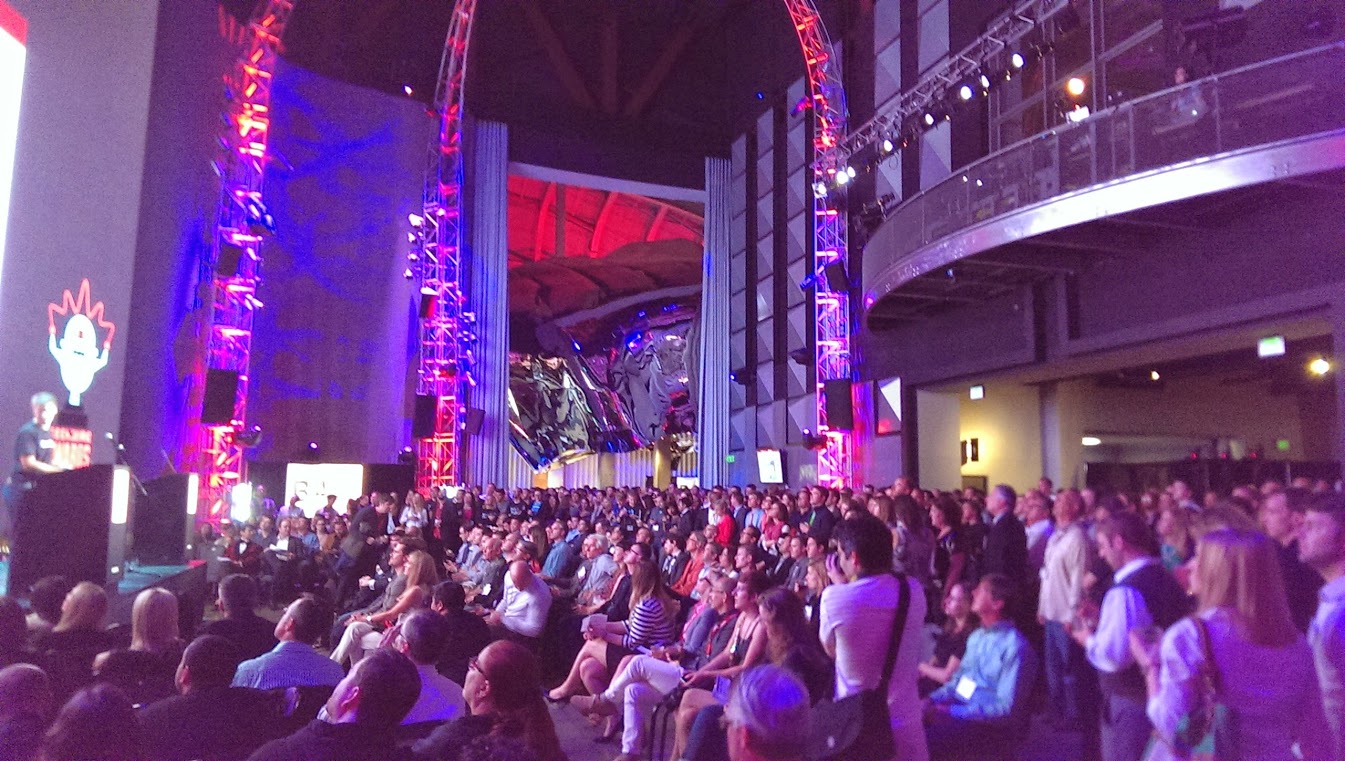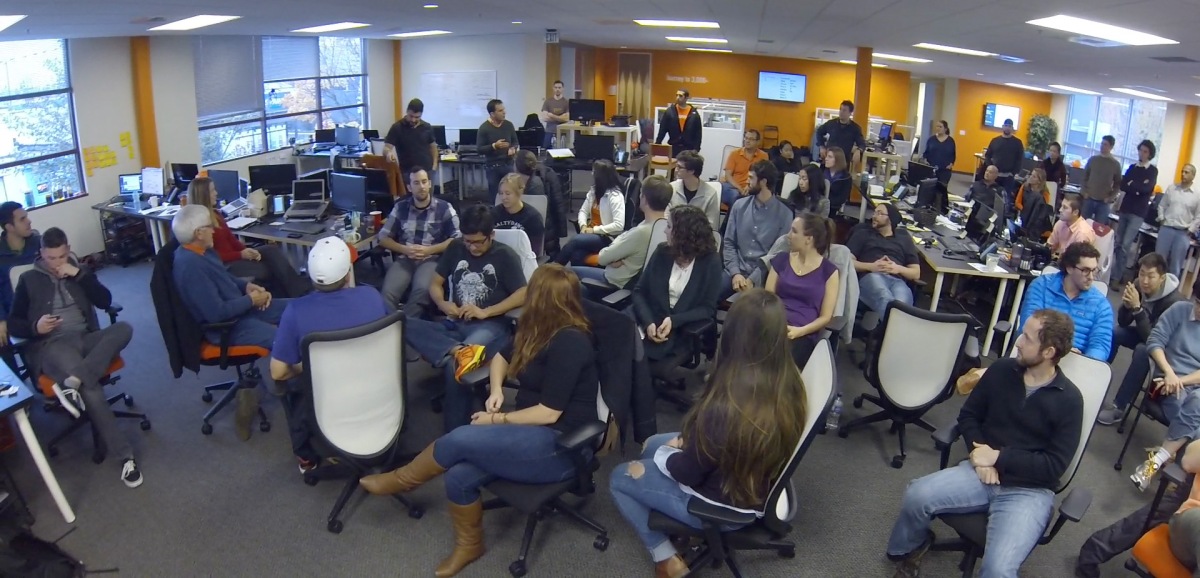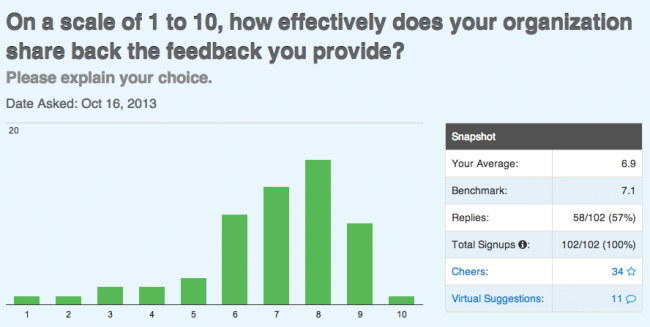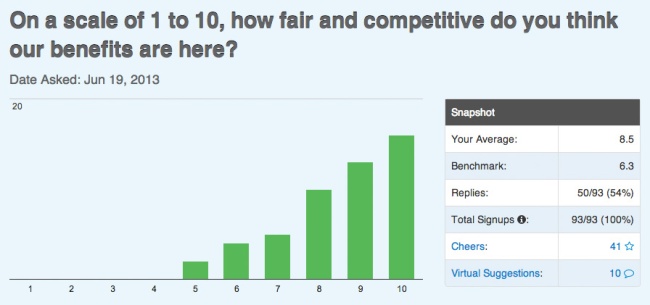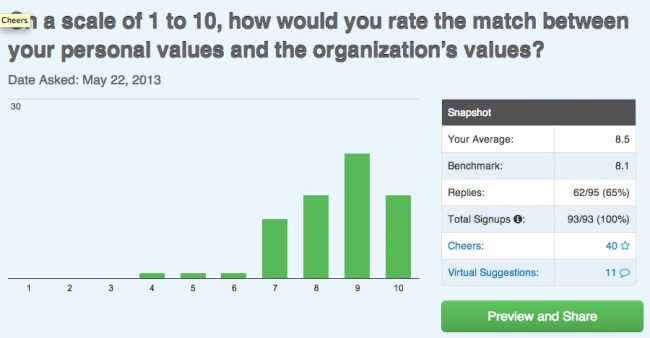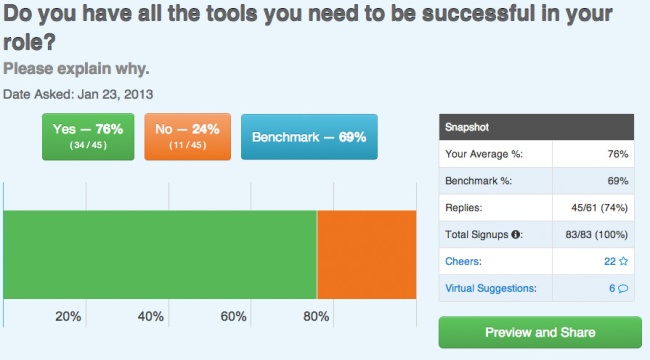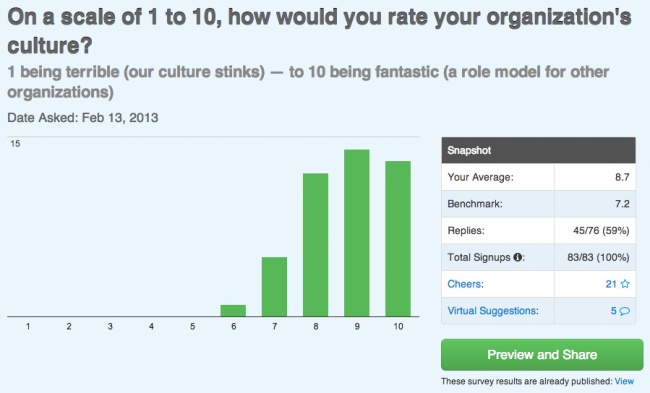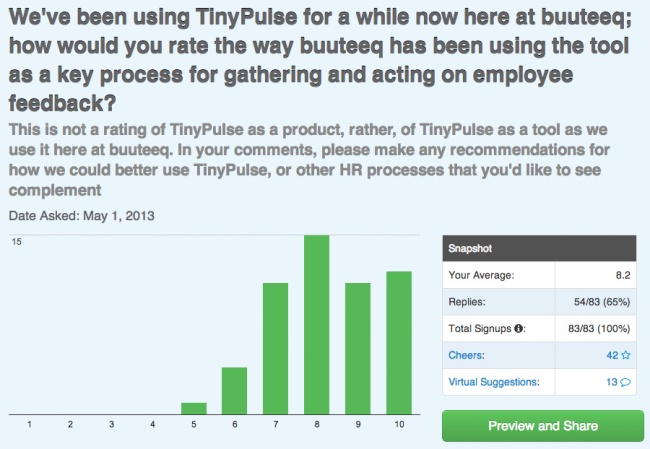With the announcements this week at Microsoft’s Build event (which I only fleetingly caught news of via twitter reposts), and the apparent complete end/unwind of Silverlight… i was nostalgic for my time working on it and associated initiatives at micrsoft for 6 years; i had a recollection of having written a email to friends talking about the profound experience of presenting on the strategy to the sr. leadership, and thanks to google mail search, was able to uncover the email and thought i would share it here. To the 1000 or so fellow employees and additional 10s of thousands of customers that worked on the initiative, it was fun while it lasted… here’s my thoughts from late 2004:
Hi. It’s 4ish on a Friday afternoon. The weather is foggy, but mild in temperature. I’m parked in my car, sitting in the passenger side front seat, typing on my laptop. Out the front window I have an expansive view of Greenlake, which directly in front of our house (although I’m parked down the block by the aquatic center). The reflection on the glass flat surface of the lake creates a beautiful image of gray hues that blend sky and lake into one smeared image that evokes my idea of what having poor eyesight must be like—everything is somewhat blurry, yet the impression is clear, just as in a water lily painting from the French school.
I pulled over while on my way home so that I could type these thoughts to you. I had two very important revelations today that I wanted to share, on this, the eve of the end of the year. This has been a very big year for our family—the move to seattle, the new job for me, the changes for cristina as she explores her role as mother and possible return to work in the coming year, the boys growing and changing each and everyday…. Today was my last work day at the office for the year as we will be taking the next two weeks off to visit family in california. As many of you know, today I had a big meeting with the senior folks at work, to review the strategy around the products that I have been working on; the preparations for the meeting involved several weeks of non-stop meetings and preparations amongst a core team of about 10 folks in my general organization; for the big event today, three of us were included in the meeting, where 60 slides, comprised of all of our best thinking and multiple iterations of analysis and investigation, were condensed down into 5 slides (and the fourth slide had only 20 words on it, so really it was 4 slides). For those of you that don’t know, “slides” is late 20th century parlance for a Powerpoint unit; powepoint is the corporate software tool used by everyone to make presentations… I suppose the word slide refers to some distant long lost process of creating images on transparency paper which could then by light projected onto a screen (way before my time!)? So, needless to say the meeting was quite interesting… actually for me, it turned out to be very very interesting, in a totally unexpected way! But, before I get to that thought (one of two I want to share), I want to tell you about something else first:
On my way home, immediately after having left the big meeting, while trying to grapple with the strange feelings of bewilderment and awe still swirling through my system from the events experienced on the top floor of the biggest building, I was listening to Caetano Veloso on the CD player. The song playing is probably called “Maria Brethania”, although I can’t be sure and can’t find the cd case to confirm. Caetano is singing about his sister (of the title), who is an equally famous Brazilian singer. I’ve been reading a biography of Caetano Veloso that my Aunt/Uncle Howard & Elaine gave me over the summer, and in its pages I’ve been learning about the relationship between caetano & maria. How curious that two very close in age siblings would both emerge, with their own completely unique styles and poetic voices, as among the most important musical artists of Brazil? In this song Caetano sings beautifully in English, about a desire that Maria would “write him a letter to tell him some things”; but “she has given her soul to the devil, who has given it to god, but she has bought a flat by the sea”. I was puzzled by these words, and was meditating on their possible meaning. Are they estranged, and he is reaching out to her to reconnect, through song? Is he speaking of his love and admiration for her, and what an inspiration she has been to his artistic voice? (she had commercial success before he early in their careers, in spite of being the younger sibling). Fascinating stuff… at least to me! Caetano is such a beautiful person, I recently saw him in Paris performing at the Chatellete theater in center of town—he sang interpretations of English songs that he admires, in English, such as Michael Jackson’s “Billy Jean”, and Nirvanas “Team Spirit”… not exactly the material you expect from the “bob dylan of brazil”, but it really showed me the depth of his artistic capability—the man is truly a gorgeous ball of conglomerated high density beauty! Cristina and I (and Joaquin & Lisa) saw his sister Maria perform in Rio de Janeiro a few years back… wasn’t the best show, we arrived 20 minutes before the end after getting lost several times on the way there… so I can’t say too much about my awe for her; but Caetano absolutely worships her and in his book speaks of her constantly as a parallel spirit in his life, a mirror that constantly reveals to him his own essence.
So I wanted to tell you this—Caetano is beautiful. His music is beautiful. Listening to his music makes me very happy. Through his lyrics just now in the car I had an entire introspective moment, drowning in the thoughts of the relationships, the literal and emotional significance layered in the song to his sister. These thoughts, this joy, while in bumper to bumper traffic on the evil bridge known to us Seattleites as “the floating bridge” or “520” (may she be dammed, it takes me 60 minutes to travel 4 miles each day over her treacherous surface). And I was wondering… does the“escape” offered by this song, which is “taking me away” from the traffic jam… is it really an escape? Or is it more of an “entrance”… something that is taking back to the real, to the fundamental, to the shared experience of human existence? At this moment it seems to me the later. And this brings us to my second thought of the moment:
The Big Meeting. Wow. It happened in a flash, took only 25 minutes, but in some ways felt like 2 hours, like it was in slow motion… like everything that was said had been scripted meticulously and was super loaded with double and triple meaning. As I said earlier, we prepared for 100s of hours, we wrote 100s of slides, and we condensed everything, every ounce of it, into a reduction of crytalized thought made up of a few 100 words on just 5 slides. For you to understand what I experienced, I have to tell you about a movie I watched the week before when Tata was visiting—Elizabeth (1999). I think you’ve all seen it; 1500s, England, Elizabeth is queen, but there is treachery and intrigue all around her as the protestant/catholic contingencies vie for power, she considers marriage to various suitors including the Duke of ‘Orange (“voila, I am oh-ranje…”) and the King of Spain… anyways, if you haven’t seen it rent it, very good. There are numerous scenes at the palace where the queen is surrounded by dozens of hanger-ons… her maidens, her advisors, the lords, etc. etc. She gets conflicting advice constantly, is not sure whom to trust, and in the end learns that she must become a “virgin” and trust only herself, goes on to be a damn good monarch and leaves England rich and supreme ruler of the world by the time of her death 40 years later. Picture the court, full of various senior advisors at all time of day; the handlers, the guards, the food preparers, the jesters, the generals, the suitors, the lawyers from parliament, the bishops from the churches, etc. etc. Rooms meant to hold 20 people comfortably, stuffed to the brim with randoms jockeying for position and favor. Ok, with that image in mind, you are now with me as I enter the room for the meeting. I’m on the top floor of the castle.. I’ve made it past burley looking guards (plain-clothed, but clearly members of the elite secret society that protects the emperor at all times… always watching, anyone who comes near him), and I enter into “the room” (I’ve been invoked via email from the lieutenants, “come in now”). At the war room table, the wise old men—the lords and earls who have divided the empire and constantly fight amongst themselves for position. Around the central arena, the second tier gathers in clusters, looking for lines of sight to the center of the discussion… the King & Queen. I take my seat in a back row, about 10 feet from the royals. My lord reads through our slides. The royals ask some questions; some of the questions are directly relevant and show a shrewd ability to cut immediately to the critical issues, a legendary and evidently true (as witnessed by myself) power, evidence of the divine relationship of the royals to god himself. There are other distractions, about what’s on the menu for dinner for example, or how the peasants are doing in a certain district… not really relevant, but for some reason of interest to the king on this particular day. Might the king know something that others in the room do not about those particular peasants? When I hear mention of a certain vassal, I smile knowing I have gained important strategic favor with an ally in the room, for it is I who suggested that certain vassal should be mentioned in light of a certain strategic anecdote—I’ve curried favor! I introspect—might every single thing said in this meeting have similar political/relational relevance… is the entire discourse just a series of very tightly networked impulses? The events continues to unfold, the results are very favorable. Prior to the meeting my team and I gathered a list of 3 key issues that might become sinkholes during the discussion… turns out none of the three, nor any others, are raised. We are finished early, with only one suggestion for additional thought regarding whether or not our plan of action might not actually destroy the state of Monrovia. Says the king, “what about Monrovia… might it be better to ask Monrovia for help in raising an army, as opposed to destroying Monrovia and taking its women and children?” There is silence in the room… glances are exchanged, knowingly, amongst those who covet Monrovian brides… ahh, we shall have them, indeed…
I’m in the parking lot. Dazed. What has happened? Why this feeling of confusion. I listen to Caetano, I have my introspection on music and traffic… and then, I understand. The big meeting makes sense to me, I know why I feel like I do.
Very few people know about my deep spiritual convictions… turns out, I am quite spiritual (at least I consider myself so). A principle tenet of my faith goes something like this: the human experience, normalized across small variations in color and intensity, is essentially universal. I believe that whether you live today and are rich, or whether you lived in 500 BC and were poor… you essentially are watching the same movie. Happiness, pleasure, fear, pain, angst, loss, acceptance, and ultimately death… these are and other such words describe the essence of what we all experience in life. But life is better today than it was 100 years ago, some might say? Women are better off! People live longer! There is less war and disease, more justice, better quality of life!! Well, in my opinion these are misguided and poorly-informed assertions. When history is taken into account in full spectrum, these variations blend into the background, much as greenlake and the horizon blend together in the misty watercolor before. Just within my short lifetime we’ve seen the oscillations that can occur in areas such as civil rights, sexual moirés, religious influence in civil life, disease, racism, and dozens of other indicators of what we think defines the human condition. When you average these out, across hundreds or thousands of years, the resulting value is a constant! I’ve had a few personal experiences that have re-enforced for me this constant. Seeing my children born, especially cristina’s birth of Caetano, out of hospital in a completely raw/natural form. The death of my beloved friend Goodwin, and the ensuing feelings of loss. Watching the sunrise over the dunes of morocco, the intense contrast of colors provoking a natural high that I still remember. The pure bliss of looking at the stars and feeling directly connected to the entire material universe, from the vantage point of the back of an open top truck, at 10k feet of elevation in the andes mountains, after having literally walked across a deserted border crossing from Bolivia into Chile..
Being in the present of the king today connected me to the times of Queen Elizabeth; to the experience of being in the presence of the most powerful, wealthiest person on the planet, in the company of her entourage and advisors, and witnessing the curious machinations of men. Politics, power, influence, favor… these were all peddled, on a grand stage unlike none other I have personally experienced, but not in the least unlike the scene that has been played out across human existence, in front of Caesars and Pharaohs, Monarchs and Presidents, and yes, the most powerful corporate business leaders and Popes (did I mention how much I dislike organized religion?). Today I was touched by one of those special threads that hold the ball of wax together…that connect the dots.
So, I wanted to tell you this. Today I enjoyed the moment, I saw meaning in the world, and I witnessed the interconnectedness of the human experience. I spent some time with God.
For those that want the less allegorical account, I’m happy to recount offline.


